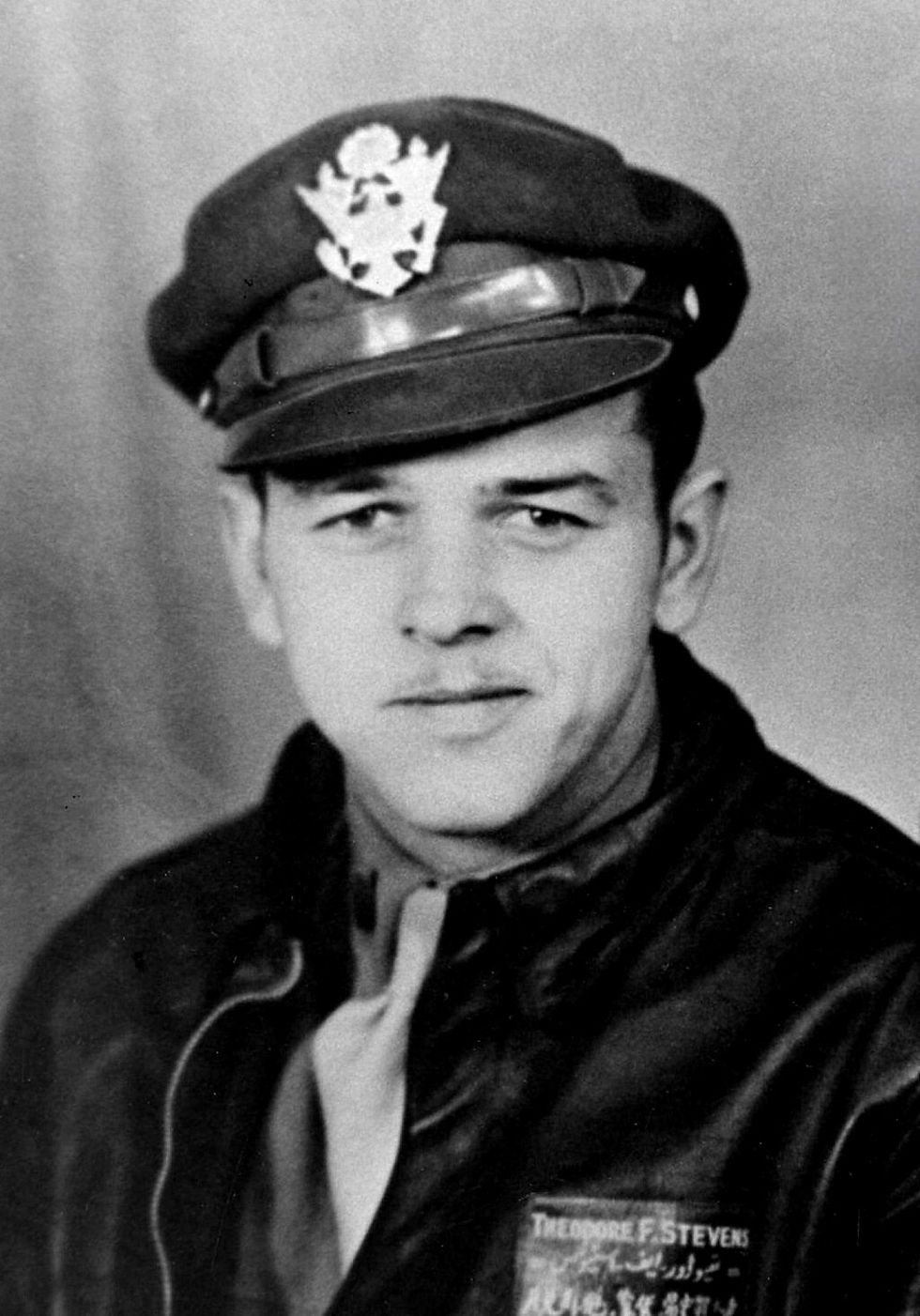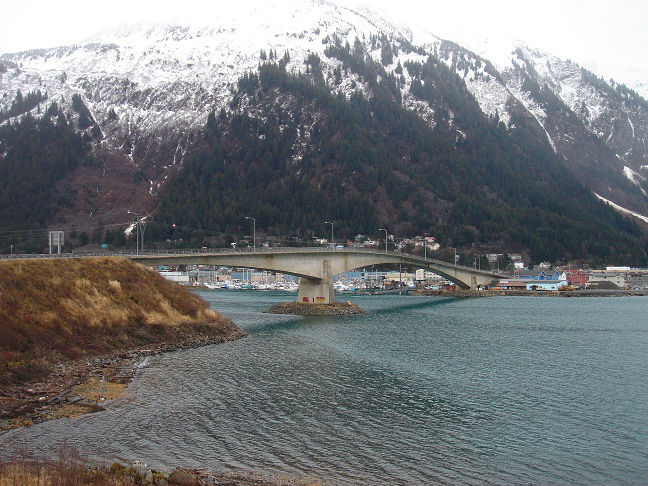This Week In Alaska History 1906: Roald Amundsen Reaches Nome!
- Alaska Means Business

- Aug 29
- 4 min read
This Week In Alaska History August 30–September 7

Alaska’s history is a vibrant chronicle of exploration, resilience, and cultural milestones. The period of August 30–September 7 highlights key moments that shaped the Last Frontier, from political appointments and pioneering explorations to infrastructure advancements and foundational elections. Join us as we explore historical events from this period in Alaska’s past and their enduring impact.
August 30, 1918: Death of Father William Duncan (Metlakatla)

Father William Duncan, a missionary who played a pivotal role in founding the community of Metlakatla in 1887, passed away in the town he helped establish. Duncan led a group of Tsimshian people from British Columbia to Alaska to create a self-governing Christian settlement, escaping religious conflicts and promoting education and industry. This event signifies the end of an era for early missionary-led communities in Alaska, leaving a legacy of cultural preservation and economic independence that continues to influence Alaska Native governance and heritage today.
August 31, 1953: Ted Stevens Appointed U.S. District Attorney (Fairbanks)

Ted Stevens, who would become one of Alaska's longest-serving U.S. Senators, was appointed as the U.S. District Attorney in Fairbanks, marking his first government position in the territory. Stevens moved to Alaska that year and quickly became involved in legal and political affairs, advocating for statehood and development. This appointment launched an influential career that shaped Alaska's infrastructure, economy, and federal relations for decades, including securing significant funding for transportation and military projects.
September 1, 1906: Roald Amundsen Reaches Nome (Nome)

Norwegian explorer Roald Amundsen and his ship, the Gjoa, arrived in Nome after completing the first successful transit of the Northwest Passage, a long-sought Arctic sea route. The journey, which began in 1903, involved overwintering in the Canadian Arctic and navigating treacherous ice-filled waters. This milestone underscored Alaska's position as a gateway to Arctic exploration, boosting international interest in northern navigation and contributing to advancements in polar science and mapping.
September 2, 1935: Opening of the First Juneau-Douglas Bridge (Juneau)

The first bridge connecting Douglas Island to mainland Juneau officially opened, providing a vital link across the Gastineau Channel. Constructed amid the Great Depression, the bridge facilitated easier travel and commerce between the mining community on Douglas Island and the growing capital city. This infrastructure achievement improved connectivity in Southeast Alaska, supporting economic growth and urban expansion while symbolizing progress in the territory's transportation network.
September 3, 1941: Activation of Army Post at Nome (Nome)

The U.S. Army activated a military post at Nome, stationing nine officers and 221 enlisted men as part of pre-World War II preparations. This move was in response to growing tensions in the Pacific and aimed to bolster defenses in remote Alaskan outposts. The establishment of the post highlighted Alaska's strategic military importance during the war, leading to expanded infrastructure and contributing to the territory's role in national security efforts.
September 4, 1794: Launch of the Phoenix Ship (Resurrection Bay)

The Phoenix, the first ship constructed in Alaska by Russian shipbuilders under the direction of James Shields, sailed from Resurrection Bay on Kodiak Island. Built from local materials to replace a wrecked vessel, the frigate supported the Russian-American Company's fur trade operations. This event represents an early feat of colonial engineering in Alaska, enhancing Russian maritime capabilities and facilitating expansion across the North Pacific.
September 5, 1881: Alaska's First Election Held (Multiple Locations)

Alaska conducted its inaugural election, with 294 voters in communities such as Sitka, Harrisburg (now Juneau), Wrangell, Killisnoo, and Shakan electing M. D. Ball of Sitka as an unofficial delegate to Congress. Organized amid calls for better representation in the U.S.-controlled territory, the vote was a grassroots effort to address governance needs. This pioneering electoral process laid the groundwork for Alaska's political evolution, influencing the push for territorial status and eventual statehood.
September 6, 1867: Appointment of General Jefferson C. Davis (Alaska Territory)

General Jefferson C. Davis was appointed commander of the Military District of Alaska shortly after the U.S. purchase from Russia, serving until the district's dissolution in 1870. Davis oversaw the initial U.S. military presence, managing law enforcement and administration in the new territory. This appointment was crucial for establishing American control, bridging the transition from Russian rule and setting precedents for federal oversight in Alaska's early territorial period.
September 7, 1884: Organization of the First Presbyterian Church (Sitka)

The First Presbyterian Church of Sitka was formally organized, marking an expansion of Protestant institutions in post-purchase Alaska. Led by missionaries, the church served as a center for religious and community activities in the former Russian capital. This development reflected the cultural shifts under U.S. influence, contributing to the diversification of religious practices and social structures in Alaska's communities.

.png)



